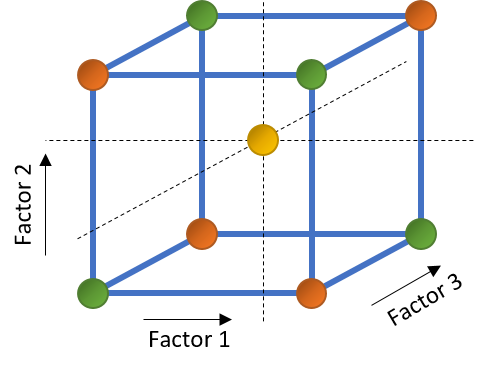- Home
- Our Software
- version 7

PerceptiveAPC Version 7.
Now Available.
More Features. More Power. More Ways To Improve Your Process.
Version 7 of Perceptive's award-winning software is now available.
Alongside improvements in functionality and usability, it introduces a host of new features:
|
|
|
|
DoE Manager |
PerceptiveAPC now includes a dedicated block for real-time Design of Experiments execution. The time to steady state, time at steady state and rate-of-change tolerance at steady state are defined. This then determines the minimum experiment time required. Users can create or import an experimental design and configure it to run automatically on the process of interest. PerceptiveAPC will collate dynamic and steady state data, then provide results in a number of pre-defined formats.  |
|
Pre-processing |
|
New tools for masking and pre-processing of batch data, across multiple batch runs. |
Notebook |
Keep all your notes, comments and observations together, embedded within your project, with a full audit trail. Add any project window to those notes, from configuration pages to scatter plots.
|
|
Interface |
|
The software suite now includes pop-up Help panels for key features, to both guide the user and provide context to the tools available.
|
Reporting |
Improvements to the drag-and-drop dashboard now allow spectral waterfall plots to be displayed and shared. Raw and processed spectral data can be quickly visualised - a new engine draws more than 6 million data points per second. 
|
|
gProms Interface |
|
Coming from the collaborative ADDoPT project, Perceptive's PharmaMV provides an interface to PSE's "g" products. Mechanistic process simulations can be connected to PharmaMV as a “Digital Twin” of the process, enabling more rapid development and validation of monitoring and control strategies.
 
|

